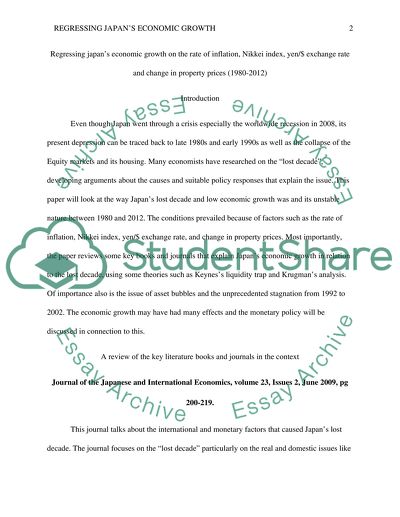Cite this document
(“Regressing Japans economic growth Literature review”, n.d.)
Regressing Japans economic growth Literature review. Retrieved from https://studentshare.org/macro-microeconomics/1493678-regressing-japans-economic-growth
Regressing Japans economic growth Literature review. Retrieved from https://studentshare.org/macro-microeconomics/1493678-regressing-japans-economic-growth
(Regressing Japans Economic Growth Literature Review)
Regressing Japans Economic Growth Literature Review. https://studentshare.org/macro-microeconomics/1493678-regressing-japans-economic-growth.
Regressing Japans Economic Growth Literature Review. https://studentshare.org/macro-microeconomics/1493678-regressing-japans-economic-growth.
“Regressing Japans Economic Growth Literature Review”, n.d. https://studentshare.org/macro-microeconomics/1493678-regressing-japans-economic-growth.


